Kratom Usage by State
kratom
10 Apr, 2024
Kratom Usage by State
Kratom has become popular in the U.S. in recent years. It is used as a stimulant or as a sedative, and overall as an aid to promote a feeling of well-being. It has also been a source of controversy; most states have legalized it, but some states have banned it and others have made it legal with restrictions.
Long before it became a buzzed-about product in the U.S., however, it was being used by laborers in Southeast Asia to cope with their day-to-day lives.
What is Kratom?
Kratom is an herbal remedy that has been used for centuries by local workers in Southeast Asia as a stimulant to start the day and an analgesic to wind down at night. Kratom comes from the Mitragyna speciosa tree, which is a member of the coffee plant family. This tree is grown predominantly in Southeast Asia as it thrives in tropical climates.
The alkaloids found in the leaves of kratom, namely mitragynine and 7-hydroxymitragynine, interact with opioid receptors in the brain and are responsible for kratom’s effects on the body. In small doses, it acts as a stimulant that boosts energy and focus and gives a sense of well-being. In larger doses, kratom acts as a mood soother and relaxant.
Kratom comes in three main veins, distinguished by the vein colors in the leaves at the time of harvest. These are red, green, and white, and each has a slightly different concentration of alkaloids and thus a different effect on the body. Kratom also comes in strains, which usually (although not always) denote where the plant was grown. Due to climatic conditions, soil conditions, and other factors, the different strains also have slightly different effects.
Although kratom has been consumed, usually by chewing the leaves, for centuries in Southeast Asia, it arrived on U.S. shores only in the 1990s. At first, kratom was not widely used, but over the years, it has become increasingly popular as an herbal alternative to coffee or opiates. In some cases, it has been used to assist with opiate withdrawal.
Kratom use in the U.S.
Since the ’90s, kratom use has steadily increased in the U.S. One study estimates that in 2019, Kratom users represented 0.8% of the U.S. population, equating to 2,031,803 adults.
In terms of kratom searches in the U.S., data suggests that the top three kratom user states are California, Texas, and Florida.
Californians show the most interest in kratom, with 49,500 searches a month, followed closely by Texans and Floridians, both at 40,500.
New York and Pennsylvania come in at 27,100 and 22,200 respectively. Washington, Ohio, Illinois, and North Carolina tie for fifth-highest kratom search volume at 18,100. Virginia, Tennessee, Georgia, and Colorado are the sixth-largest kratom searchers at 14,800.
Oregon, Missouri, and Arizona see about 12,100 searches per month, while Michigan, Massachusetts, and New Jersey sit at around 9,900 searches per month.
On the other end of the scale, the states that ranked lowest for kratom searches and therefore kratom use were Montana and Hawaii at 1900 searches, South Dakota at 1600 searches, North Dakota and Alaska at 1300 searches, and Wyoming and Delaware at only 1000 searches per month.
Where is kratom legal in the US?
Out of the 50 states of the U.S, Kratom is legal or legal with restrictions in all but six states, as listed below.
The states where kratom is banned are:
- Wisconsin
- Arkansas
- Vermont
- Alabama
- Indiana
- Rhode Island
States where kratom is legal but has restrictions in certain areas are:
- California
- Colorado
- Florida
- Illinois
- Mississippi
- New Hampshire
- Tennessee
Kratom popularity growth in the U.S.
When kratom was first brought to the U.S. in the ’90s, it wasn’t widely known or used. Kratom really hit its peak at the end of 2018 with a record 110,000 searches for kratom in California in the month of September alone. Since June 2019, searches have leveled out to around the 40,000-50,000 mark in California, suggesting kratom has a stable and loyal following in this state. A similar trend has been seen in Florida, with searches settling around 30,000-35,000 since December 2019, and in Texas, with searches sitting around 30,000-40,000 since June 2019.
What is the future of kratom in the U.S.?
This is a difficult question to answer. The American Kratom Association is putting forward the KCPA (Kratom Consumer Protection Act) in an attempt to regulate the manufacture and distribution of kratom. It aims to ensure that any products available on the market are pure, safe, and of high quality.
Twelve statesArizona, Georgia, Nevada, Oklahoma, and Utah are already enforcing their own KCPAs. If this could become a standard across all states, it would go a long way toward keeping kratom legal and safe to use rather than illegal. If it’s banned, it’s likely to land on the black market in uncontrolled forms.
Takeaway
What this data tells us is that people are consistently liking, using, and benefiting from kratom, but the important thing is to find kratom suppliers that are reputable and don’t mix other substances into their kratom products. As the FDA does not recognize kratom, vendors don’t have to comply with any regulations, which means some unscrupulous kratom sellers will sell subpar products that are contaminated or adulterated with other substances.
We, at Kingdom Kratom, source directly from a select group of Indonesian farmers who supply us with high-quality, pure, and fresh kratom.
If you would like to know more about the different types of kratom or need advice about which strain and vein are best for you, our team of passionate experts here at Kingdom Kratom is available to answer your questions. We also offer kratom sample packs so you can determine which strain or form is the best fit for youk









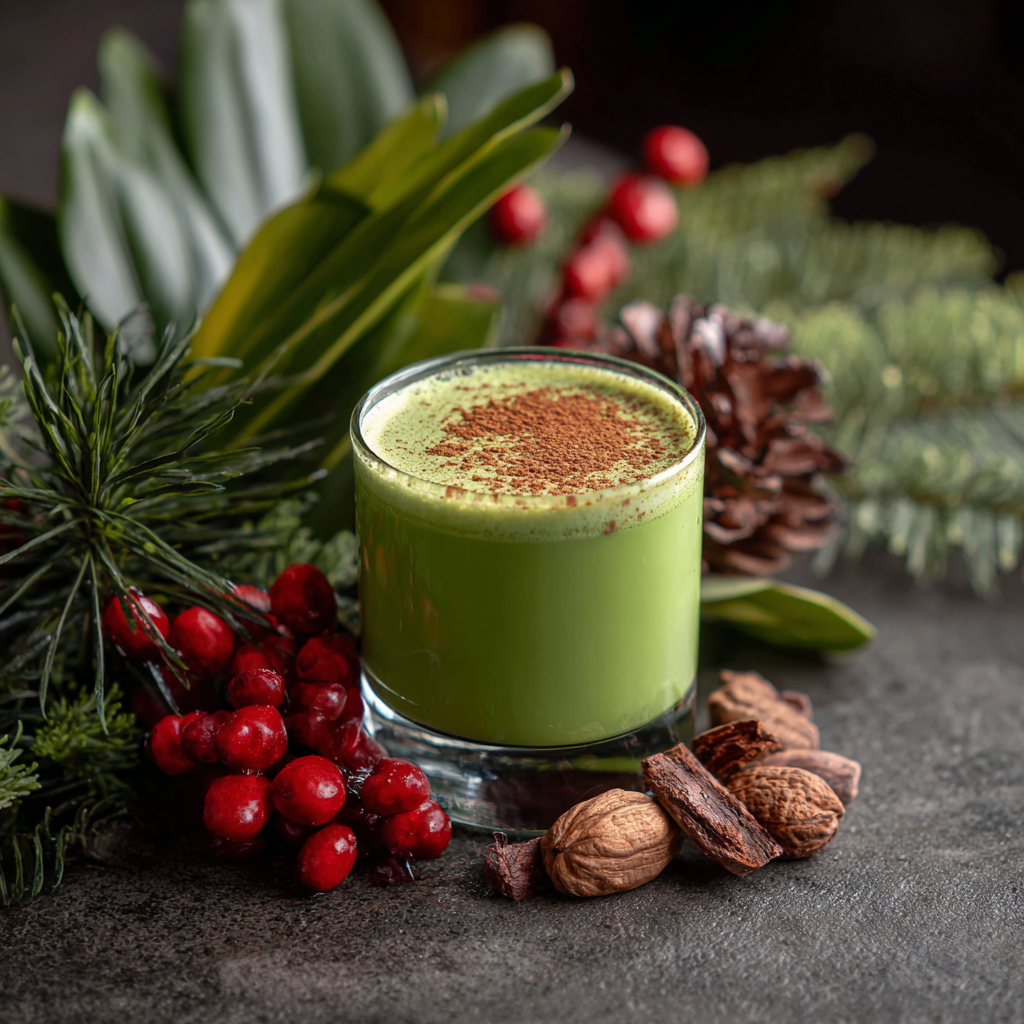









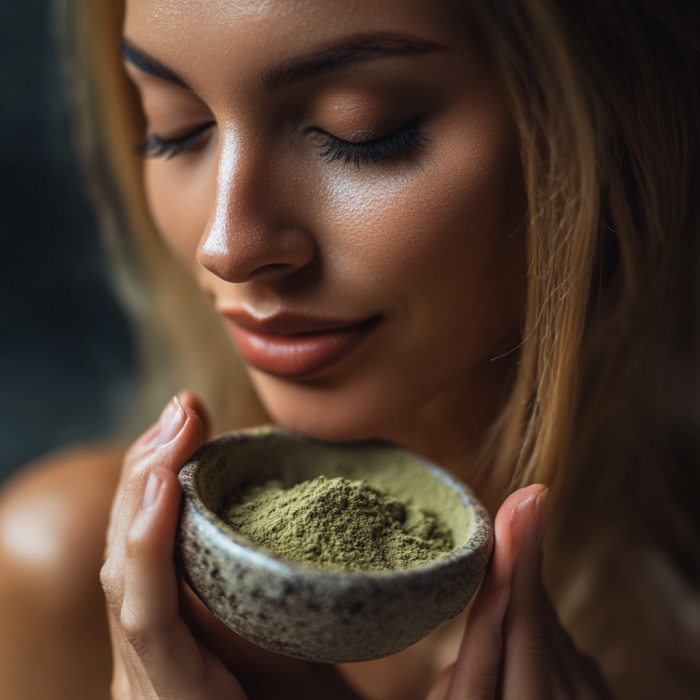



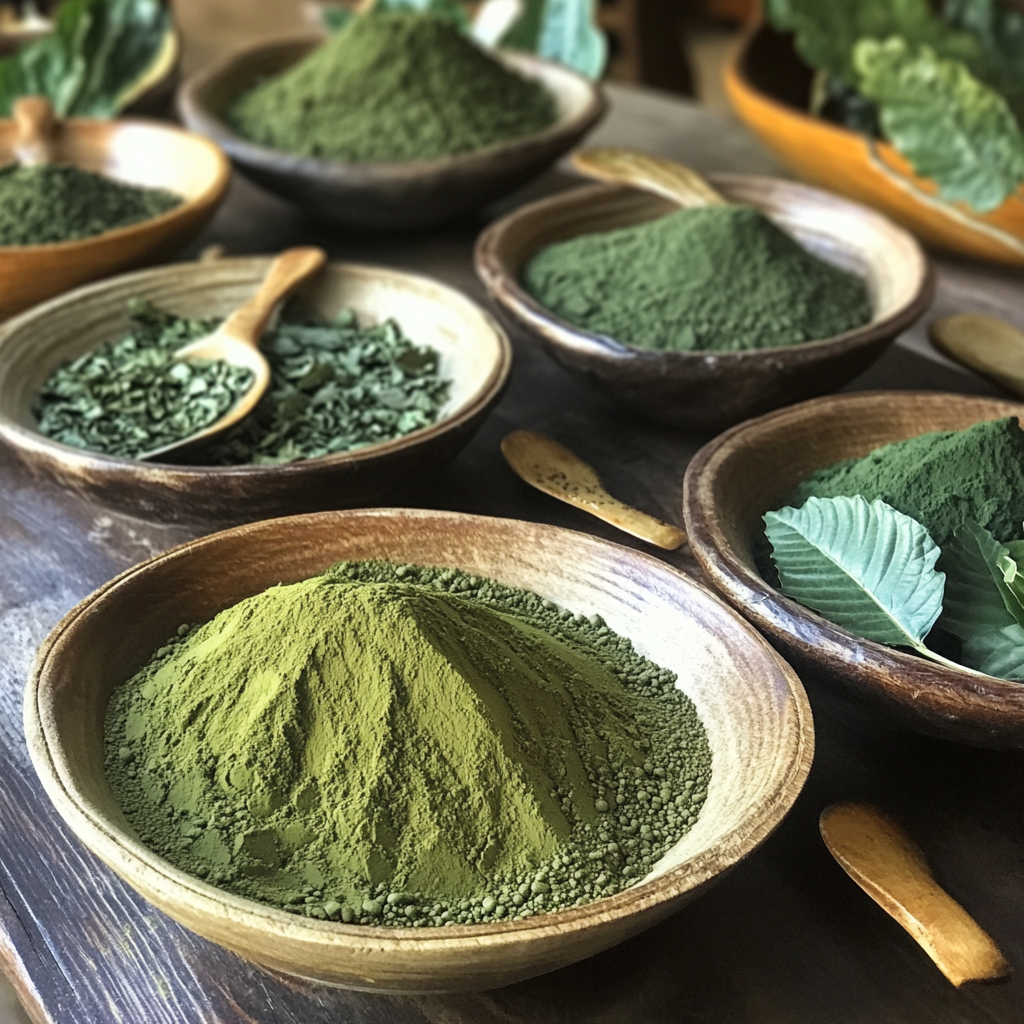


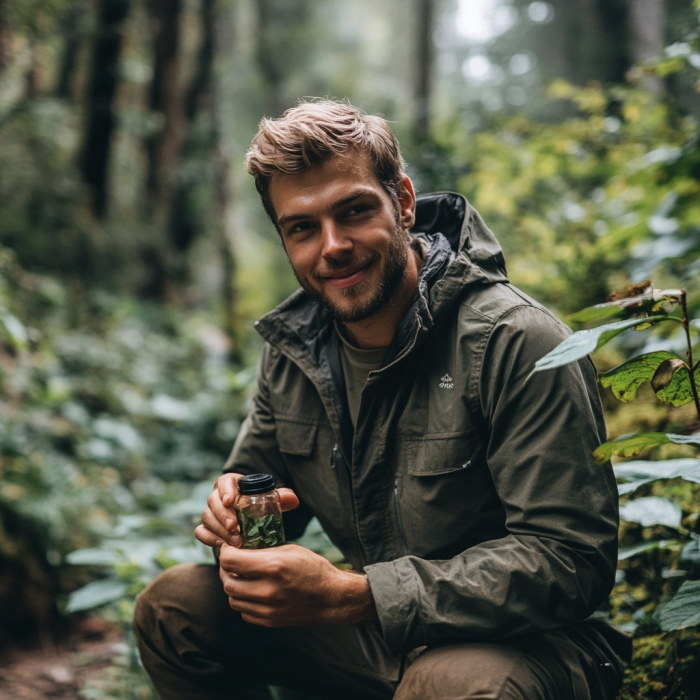

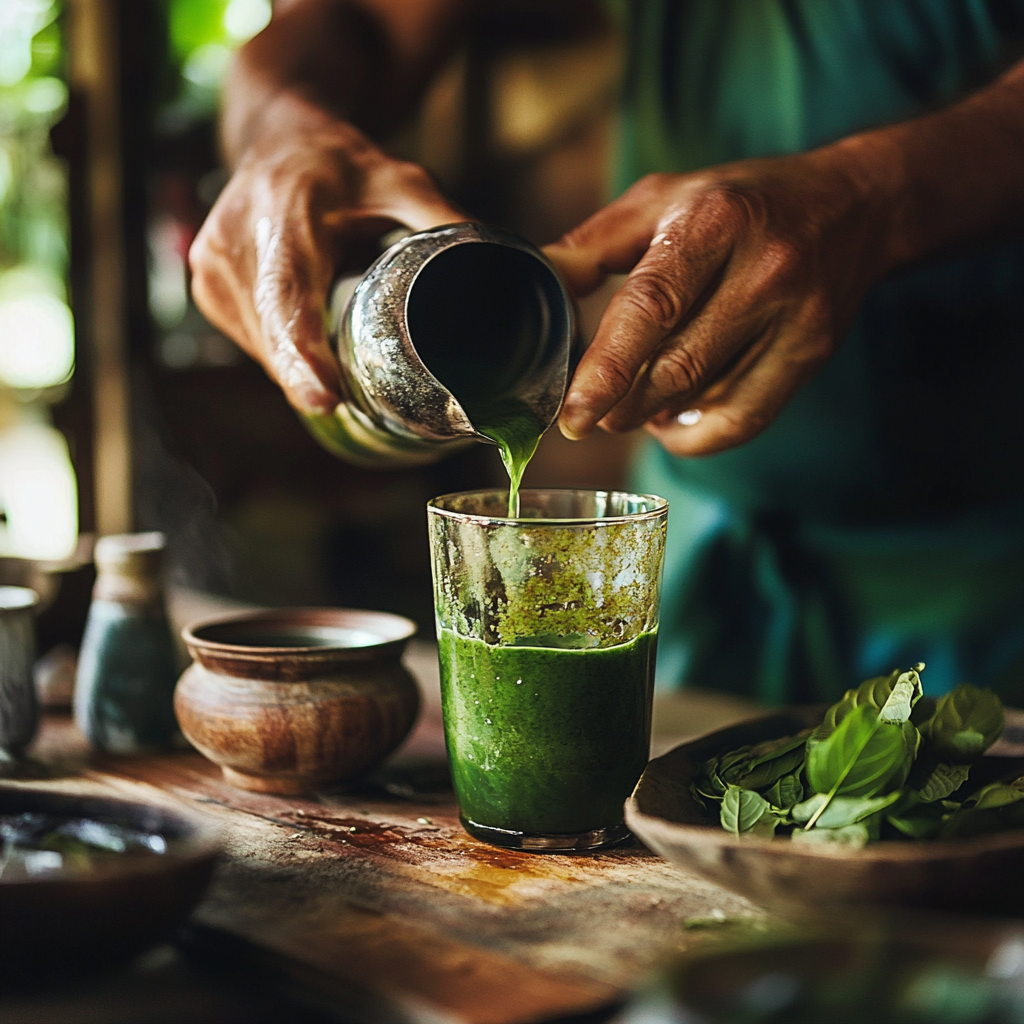













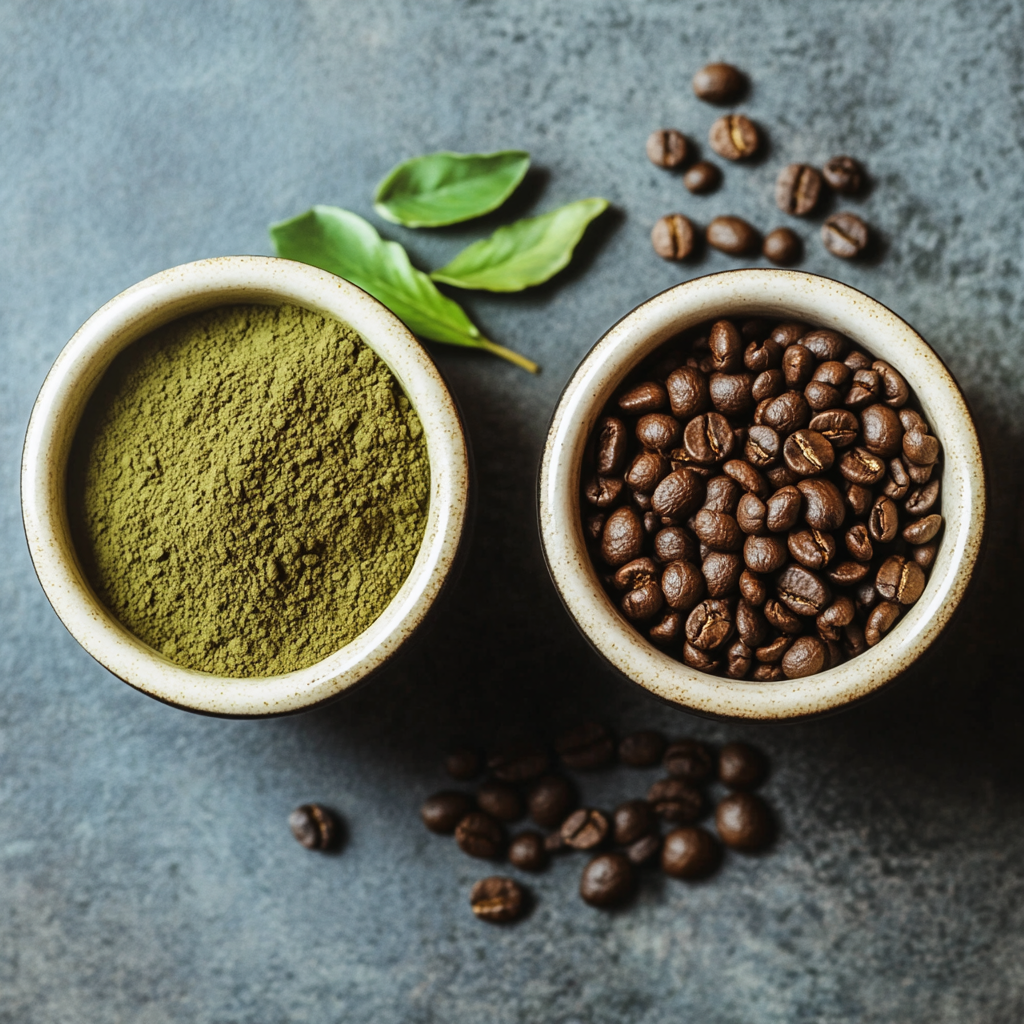


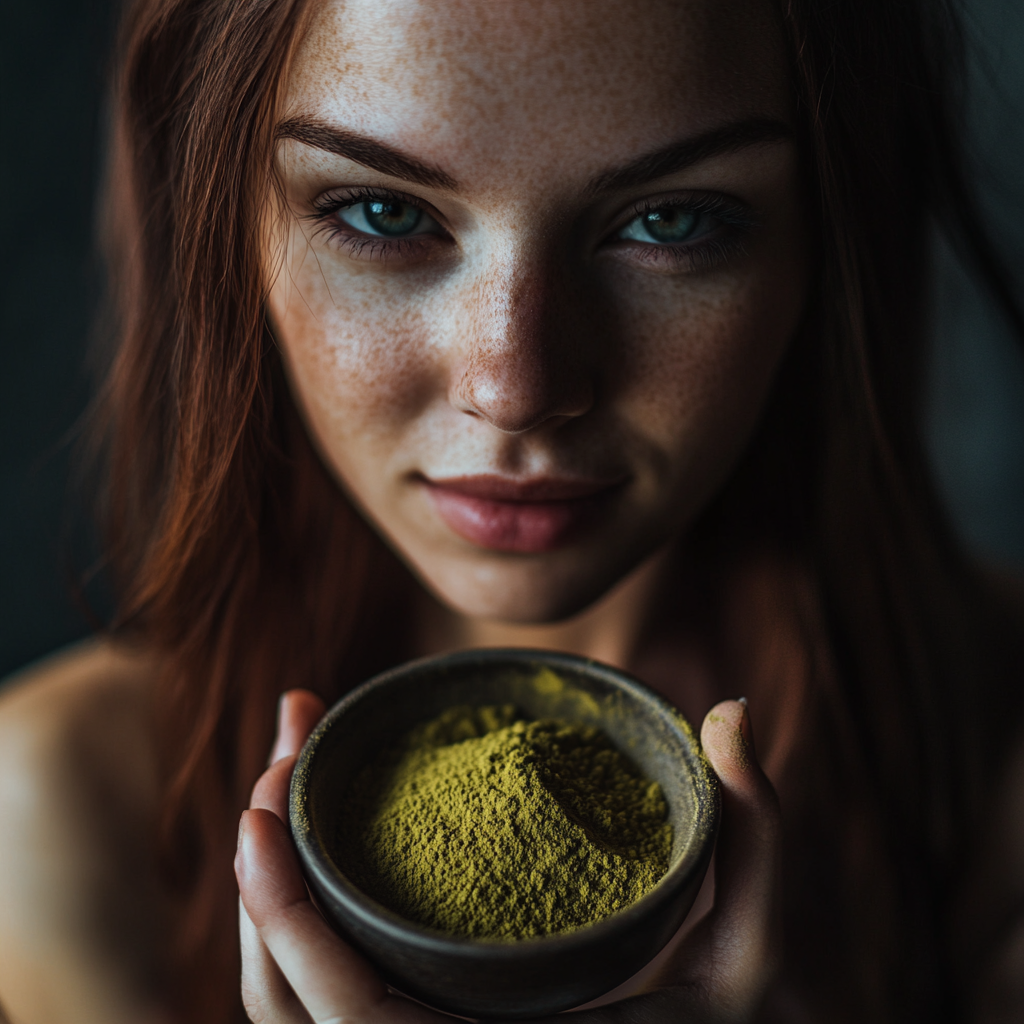

































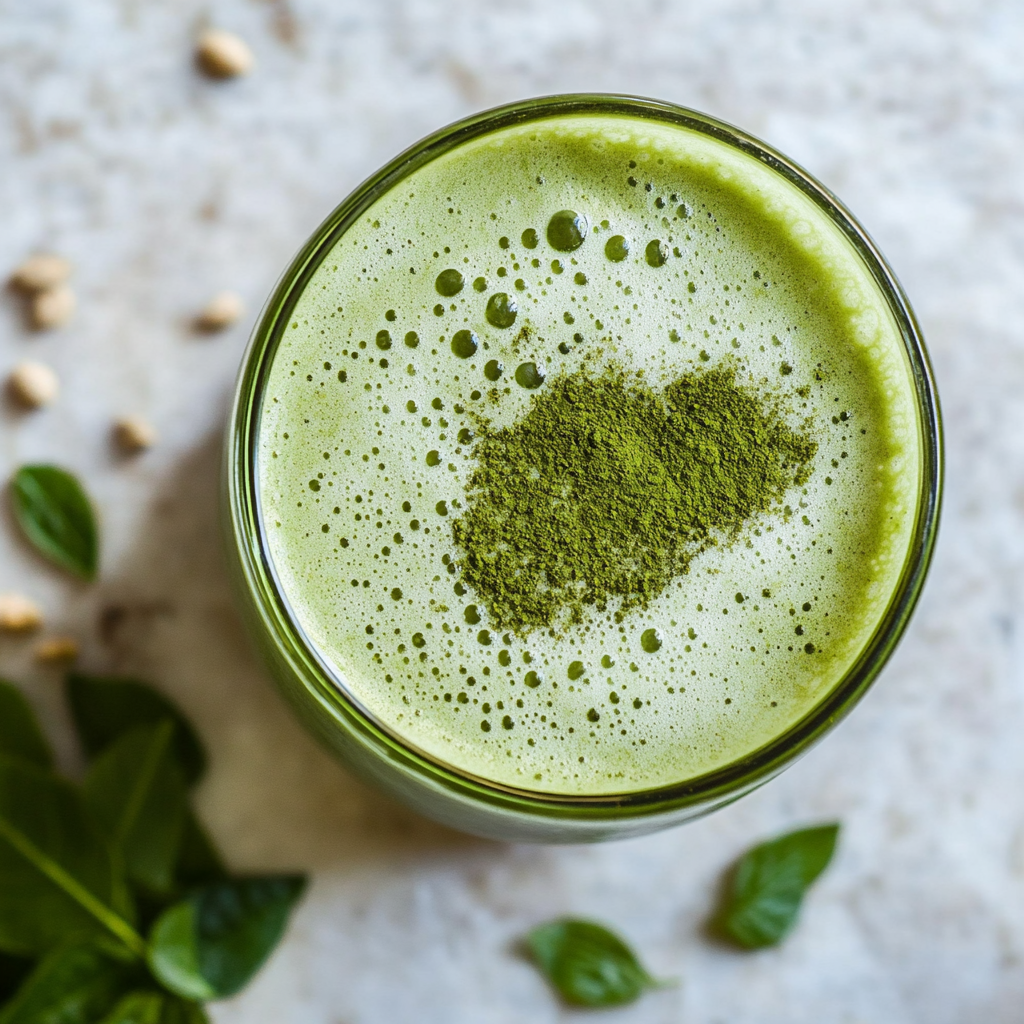


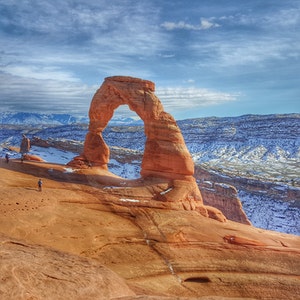



















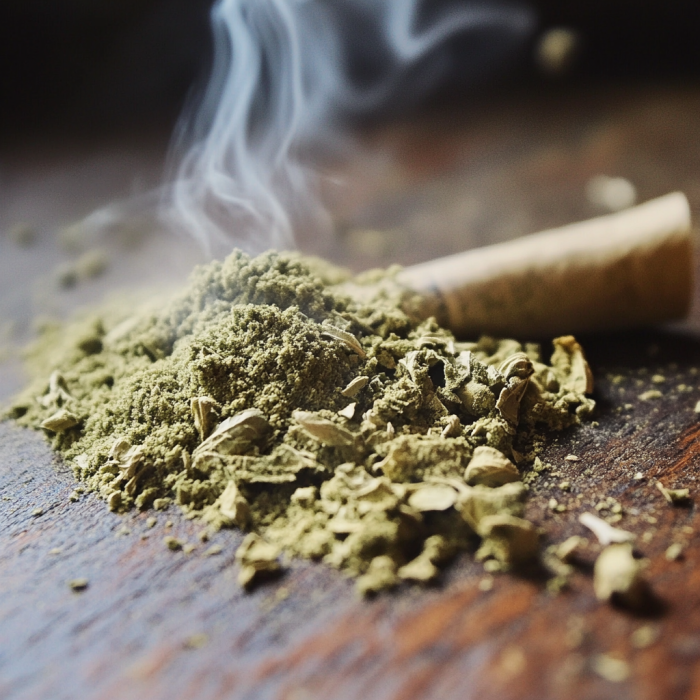
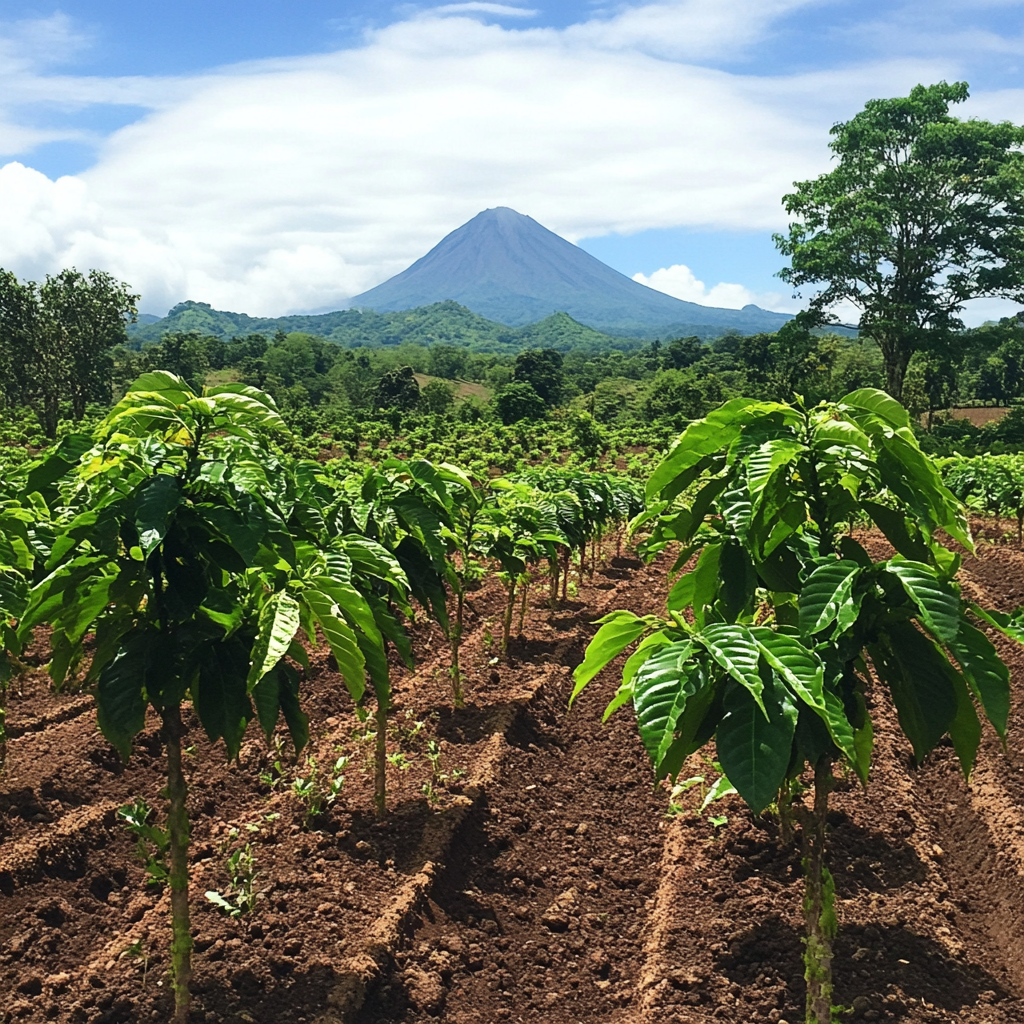



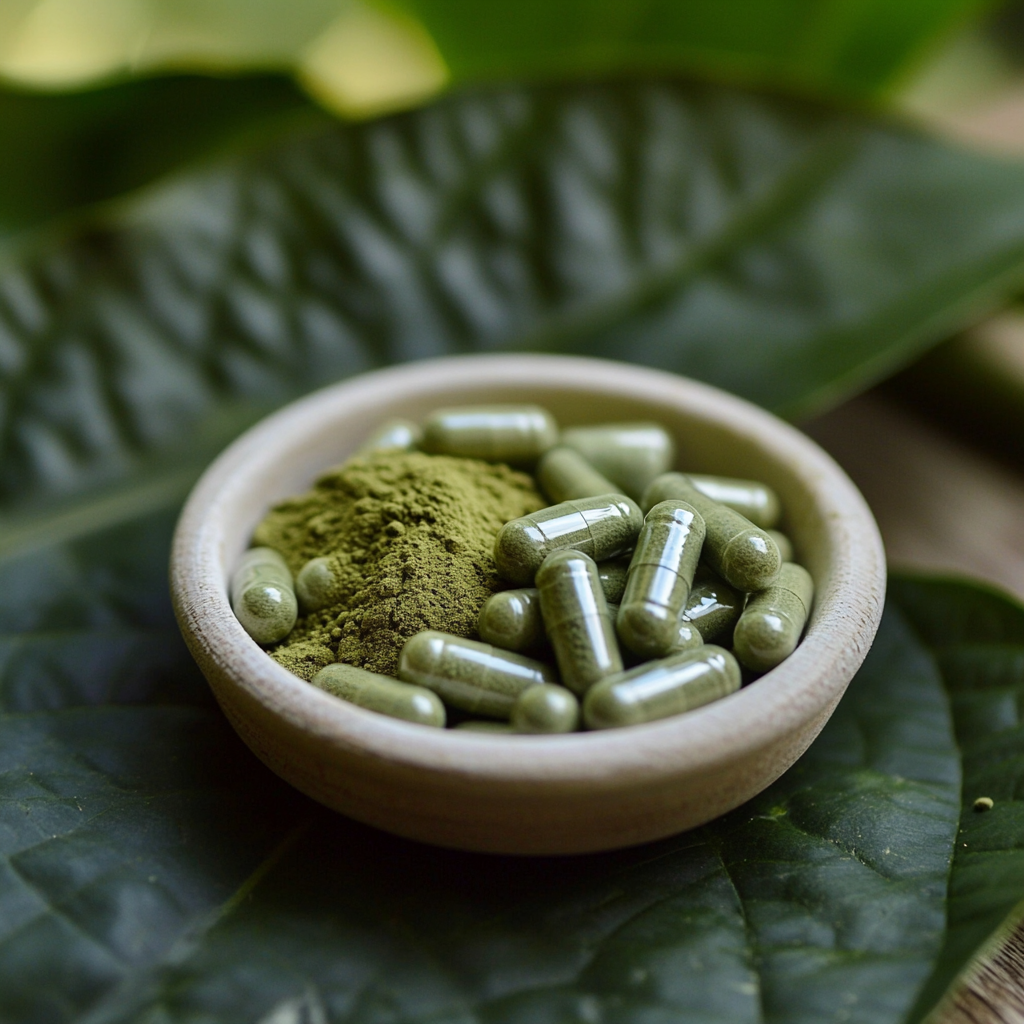
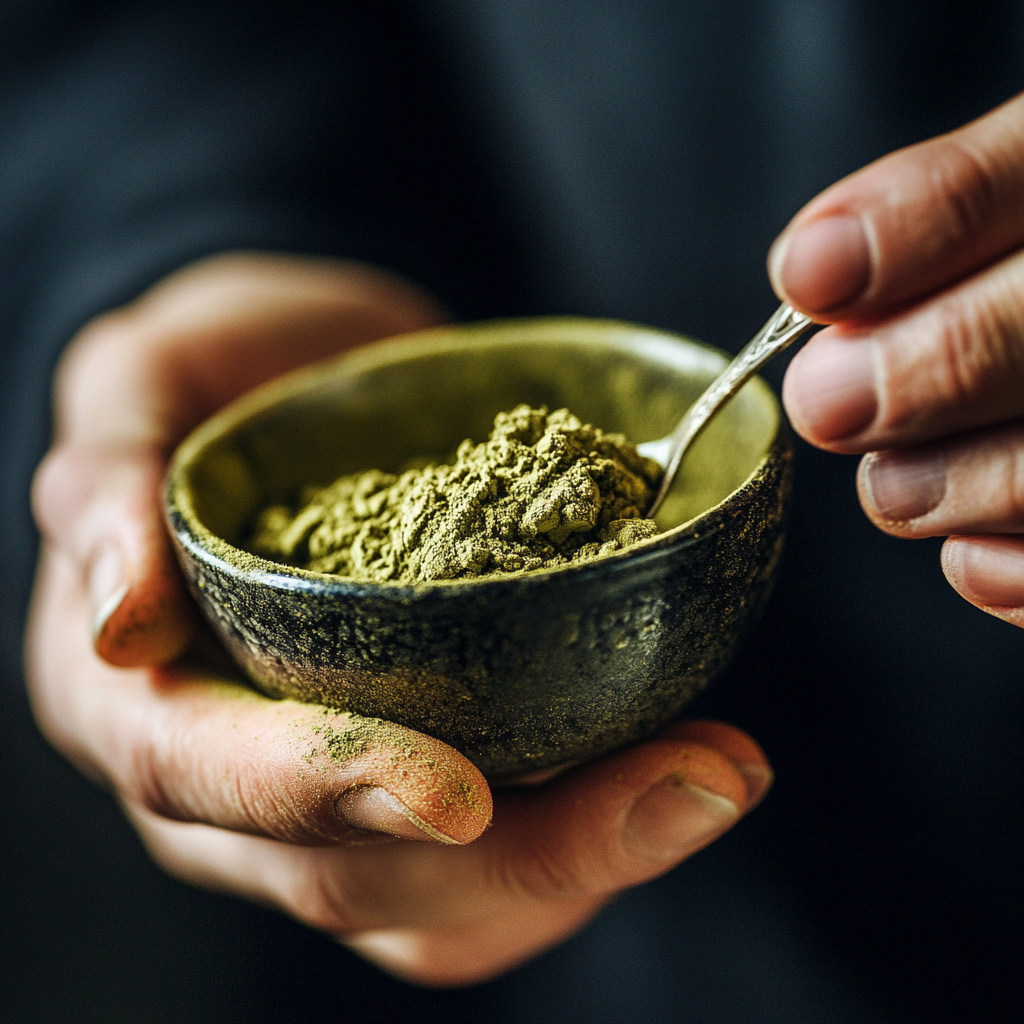

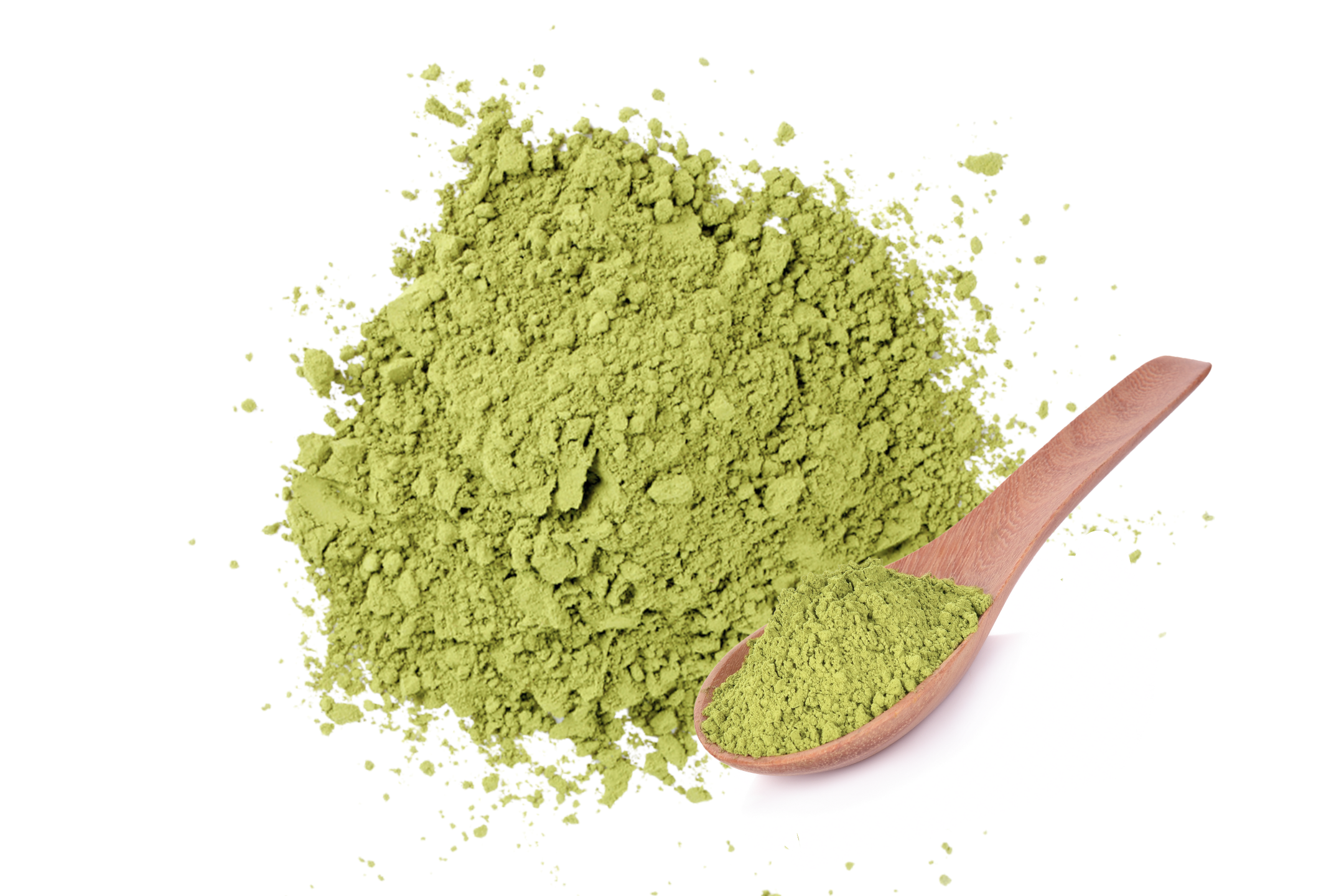

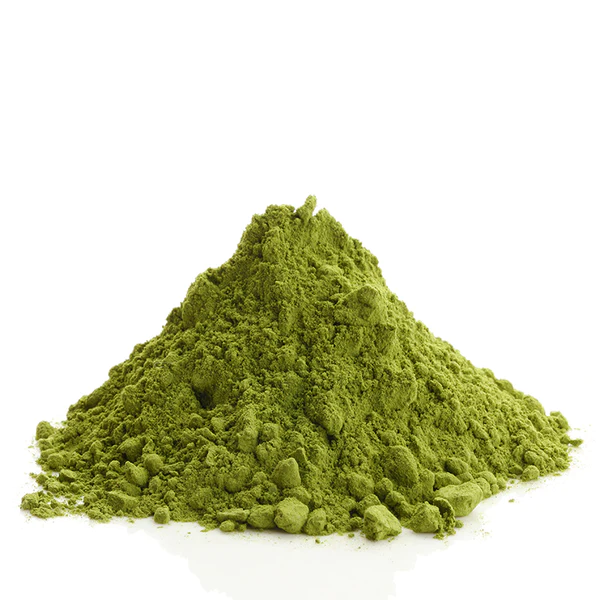


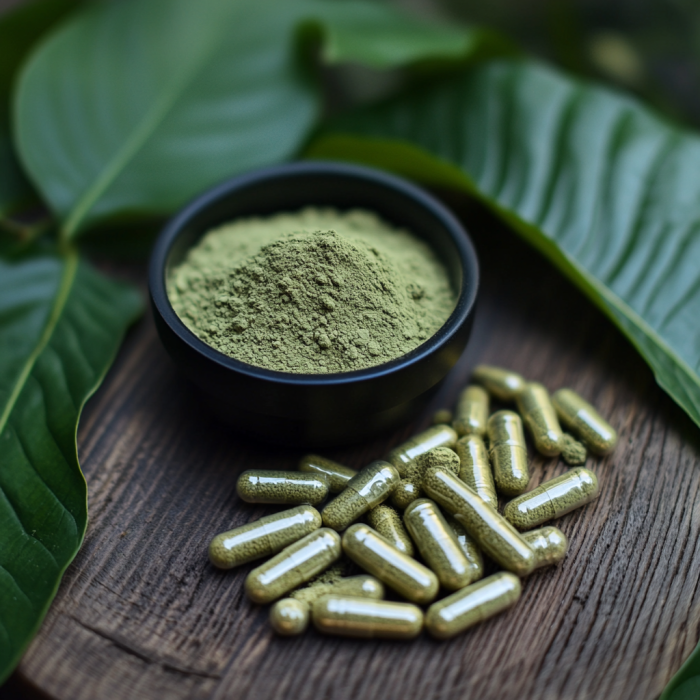



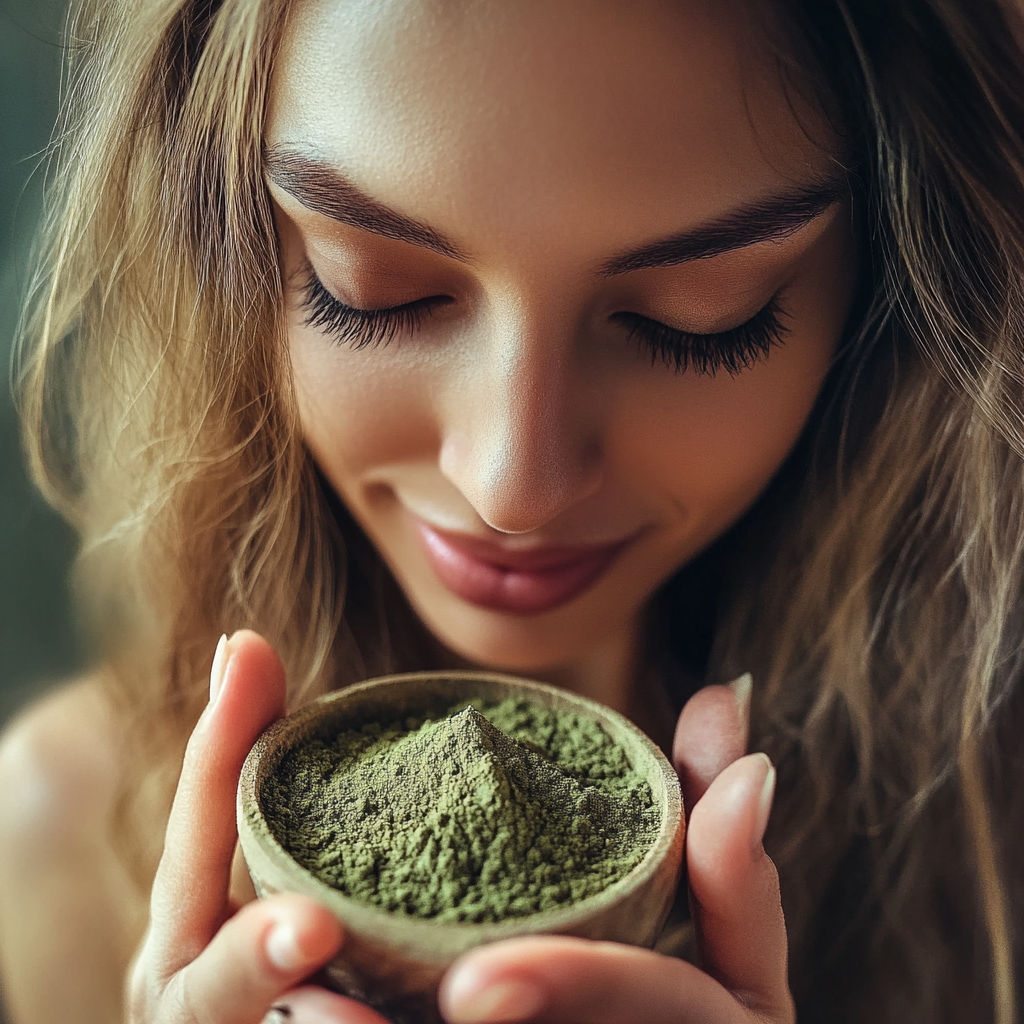




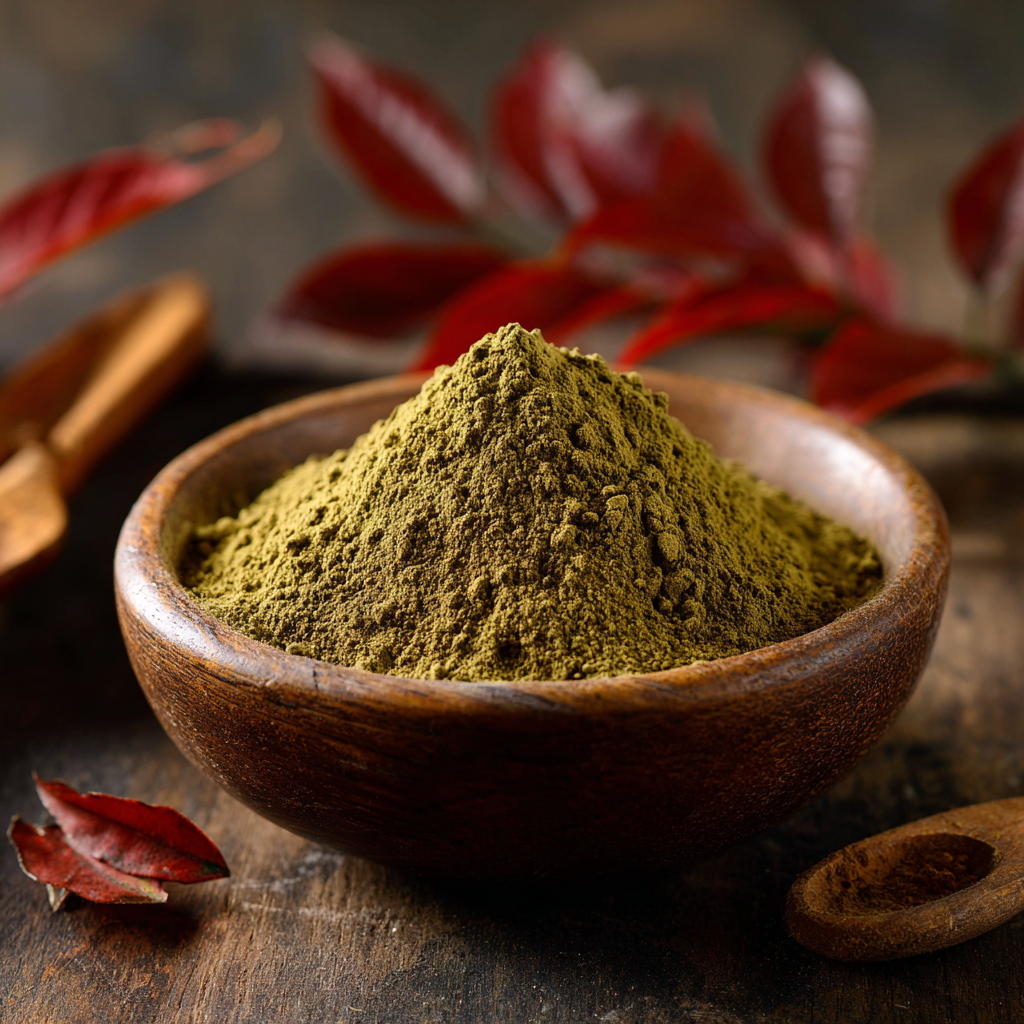
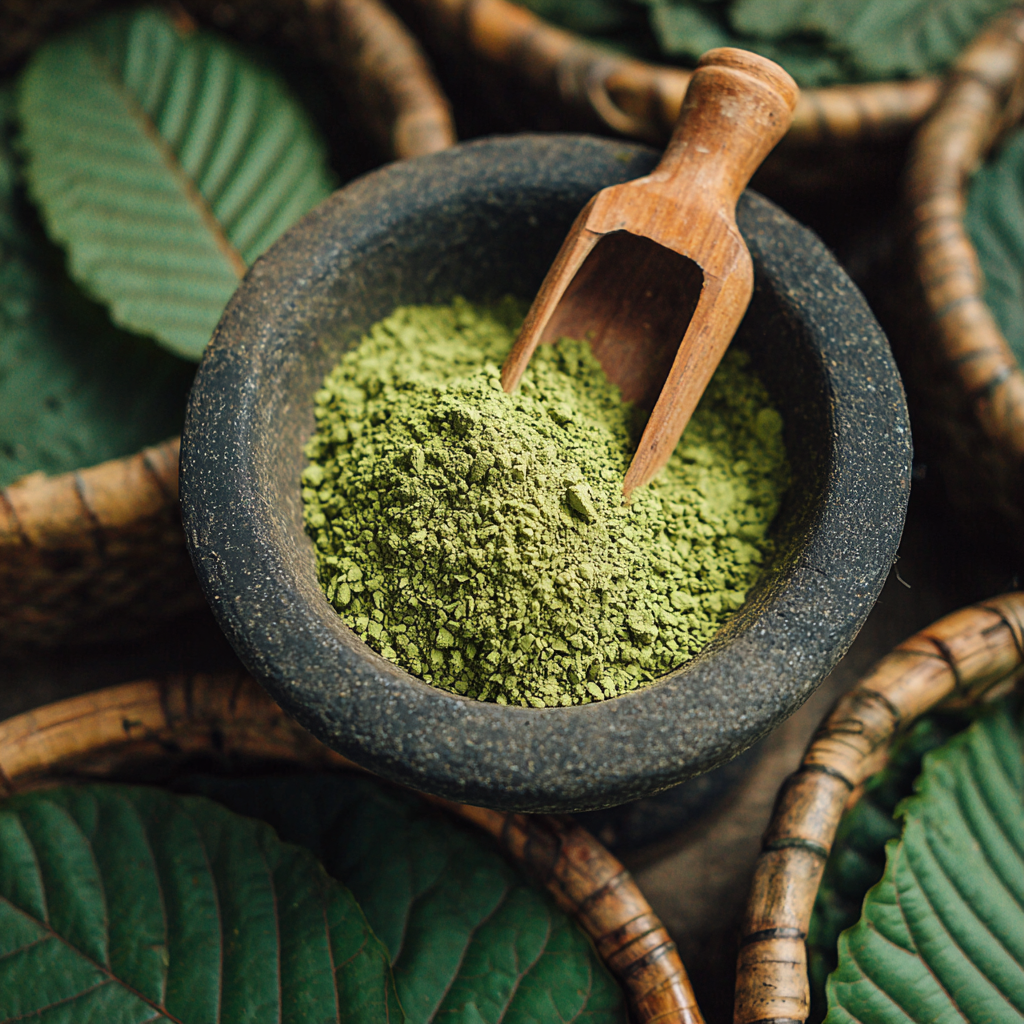

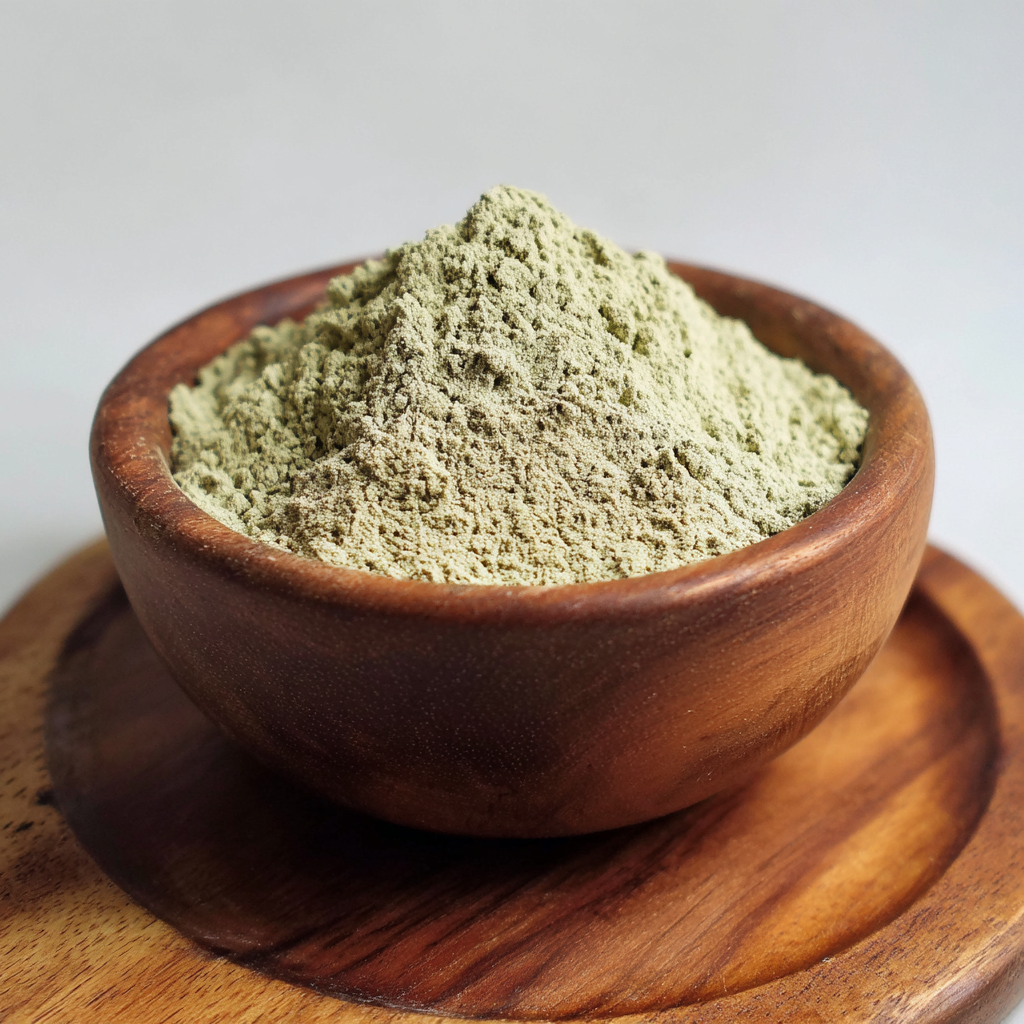
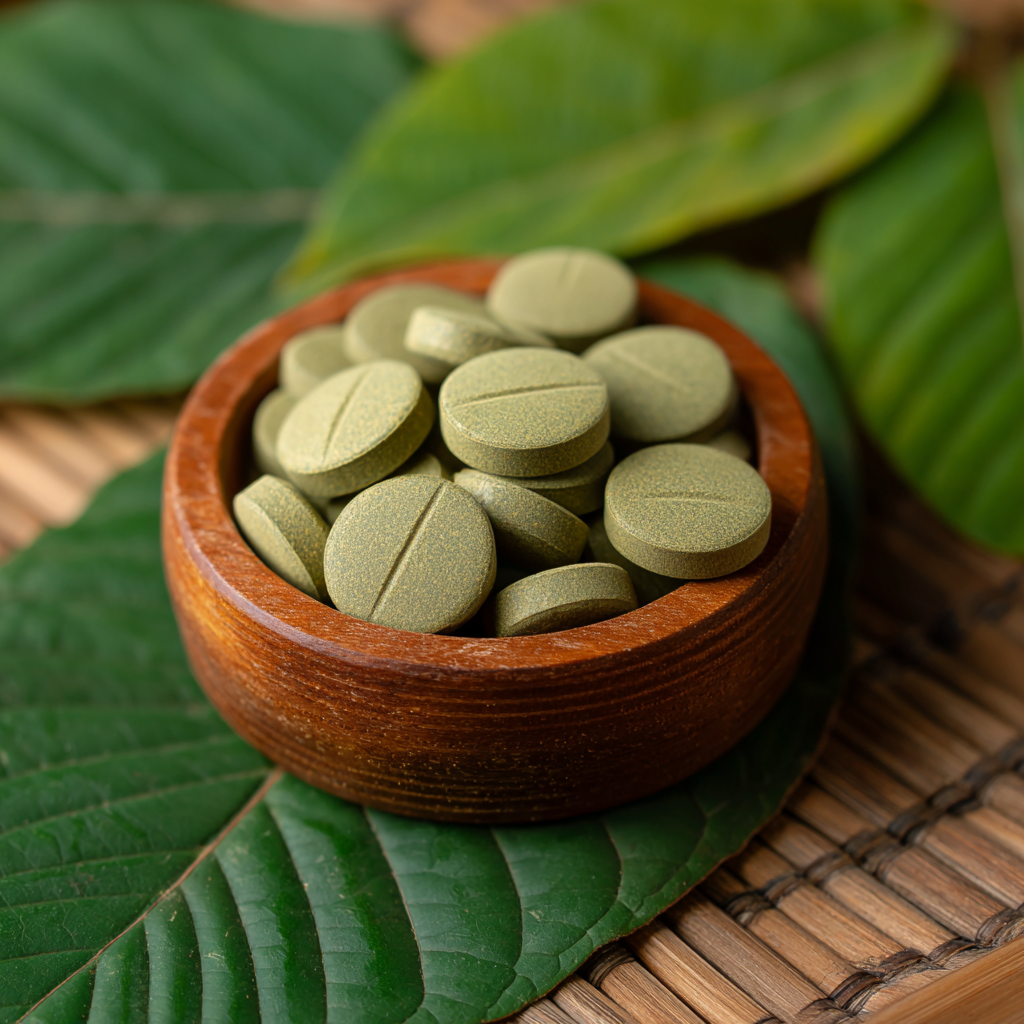

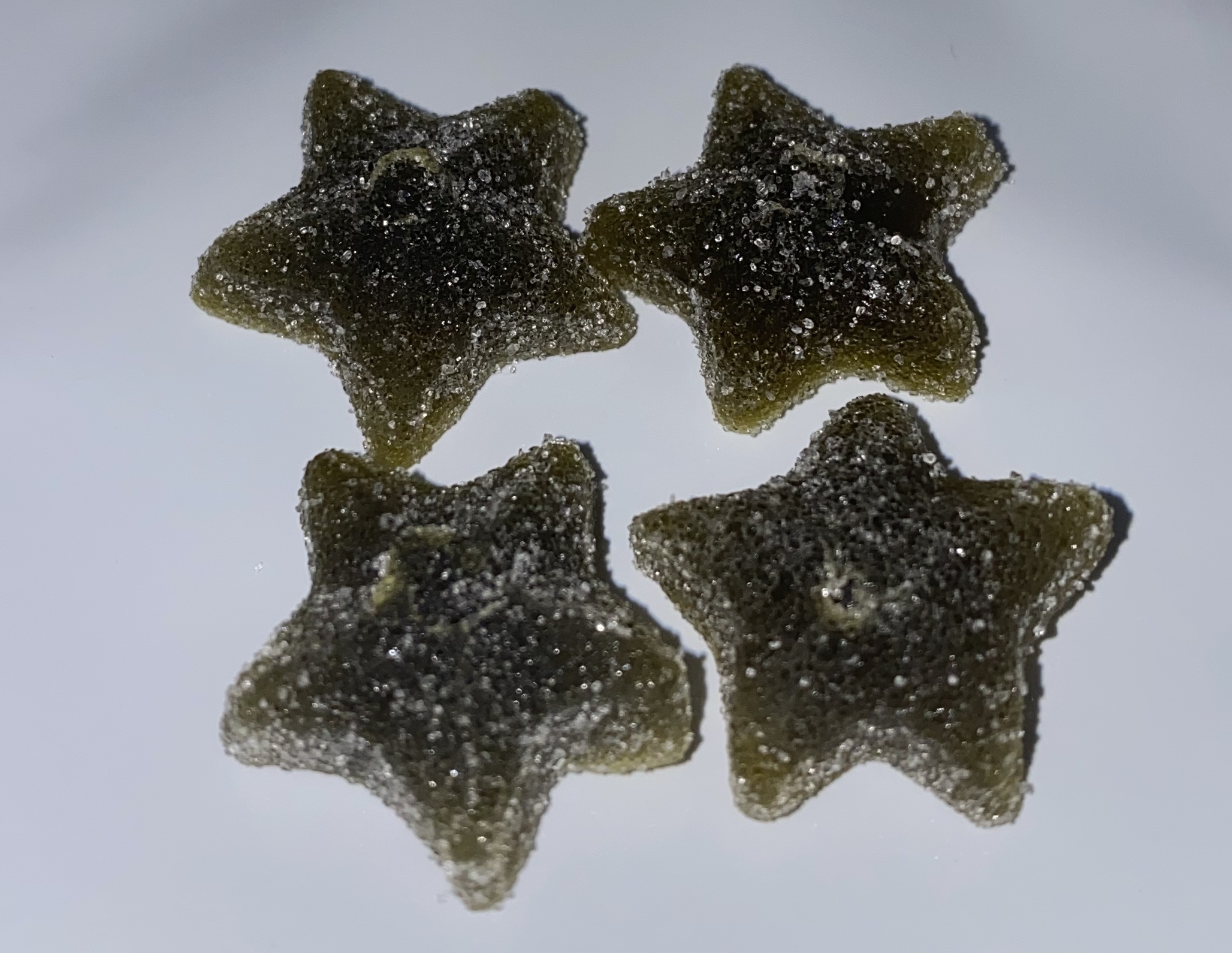
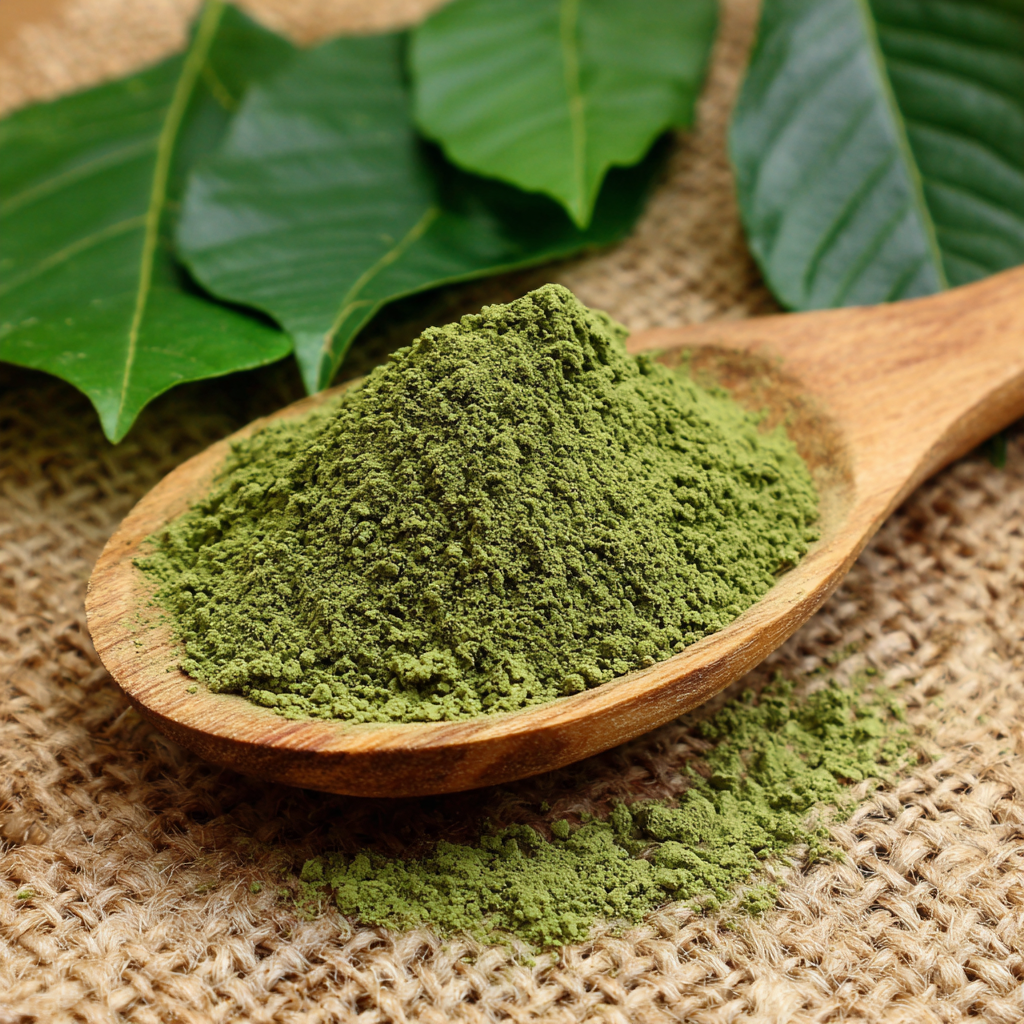
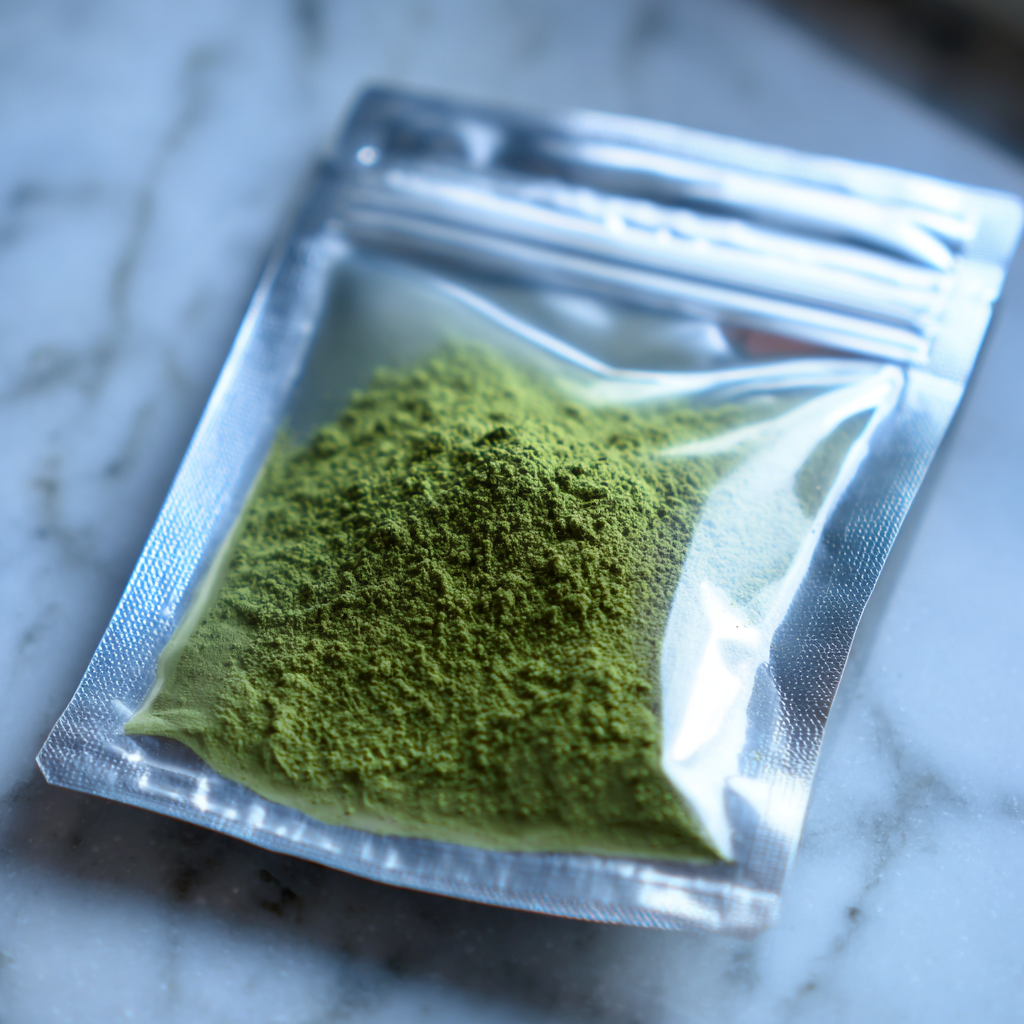
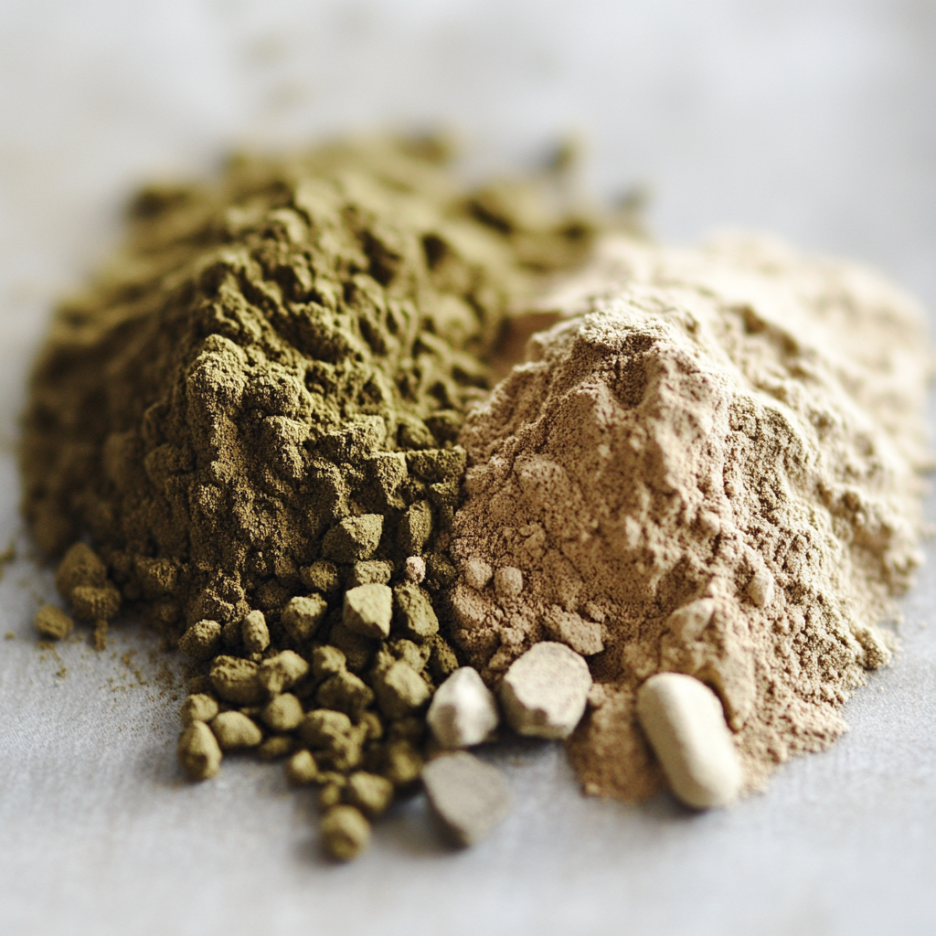


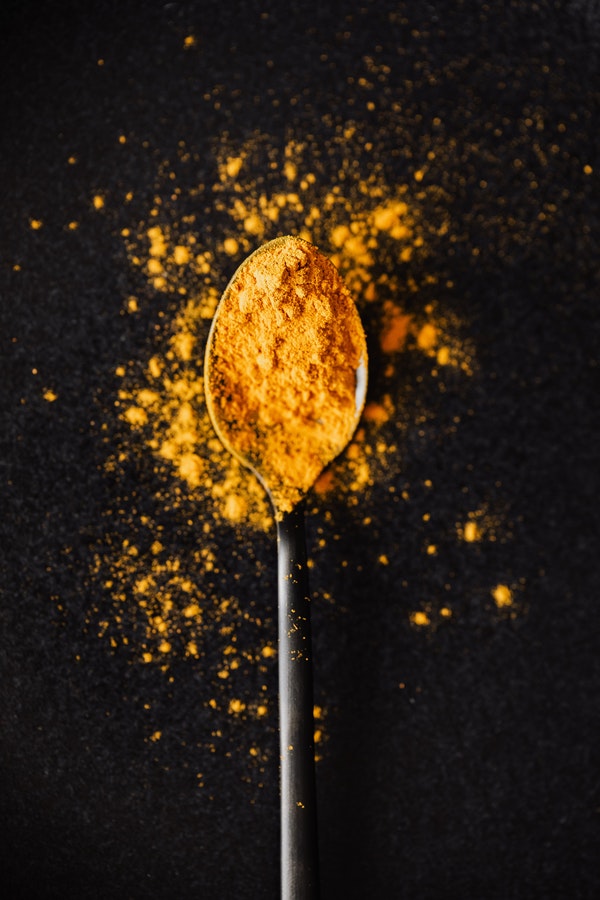








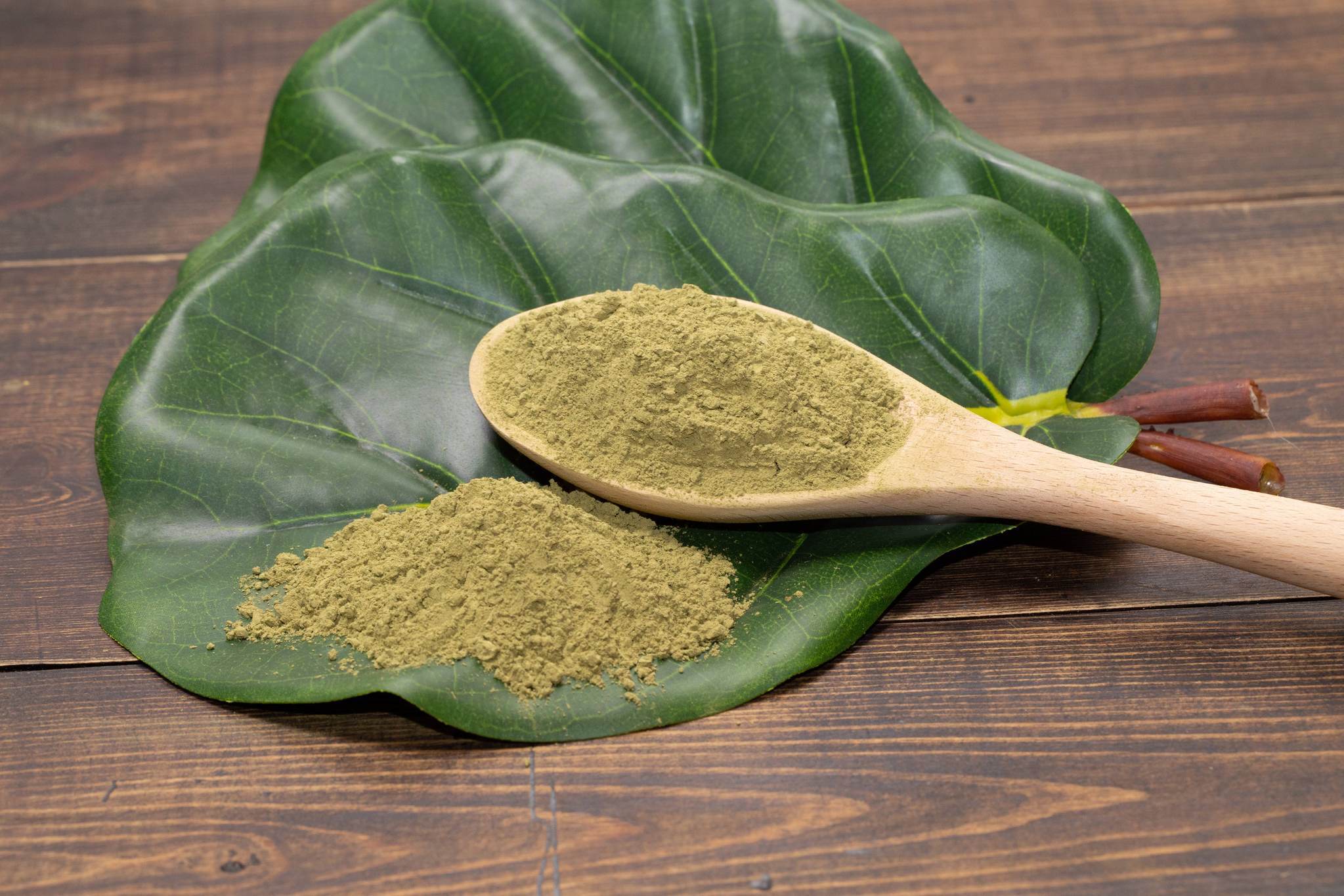
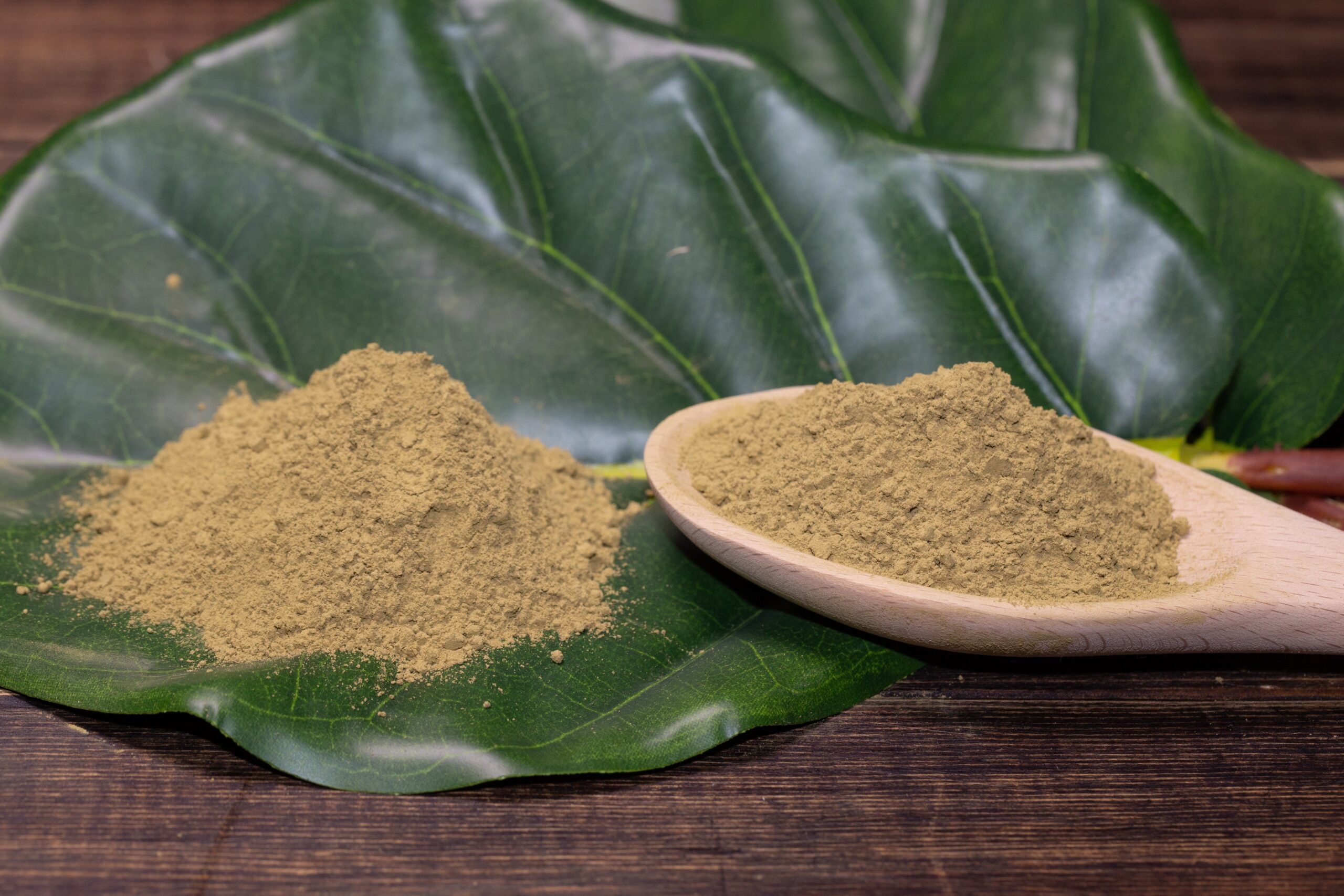
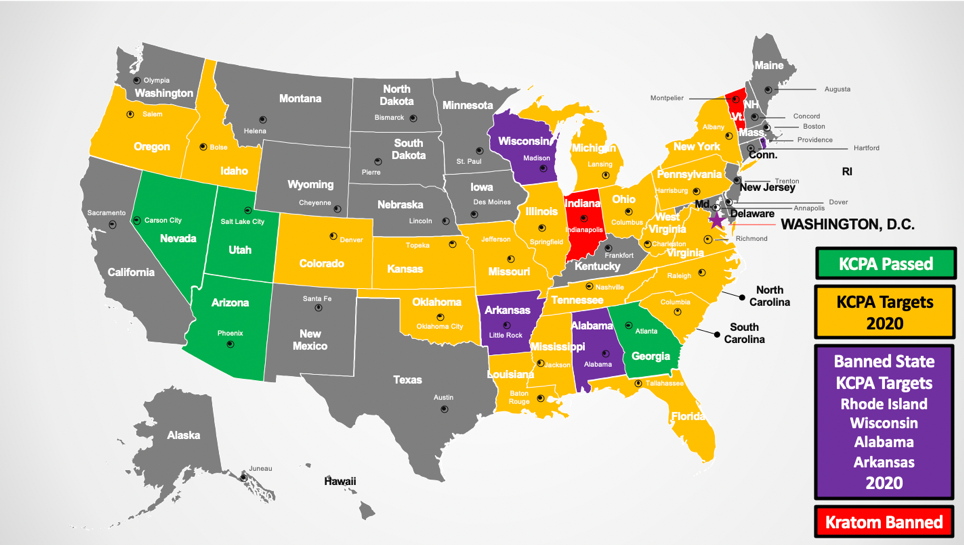

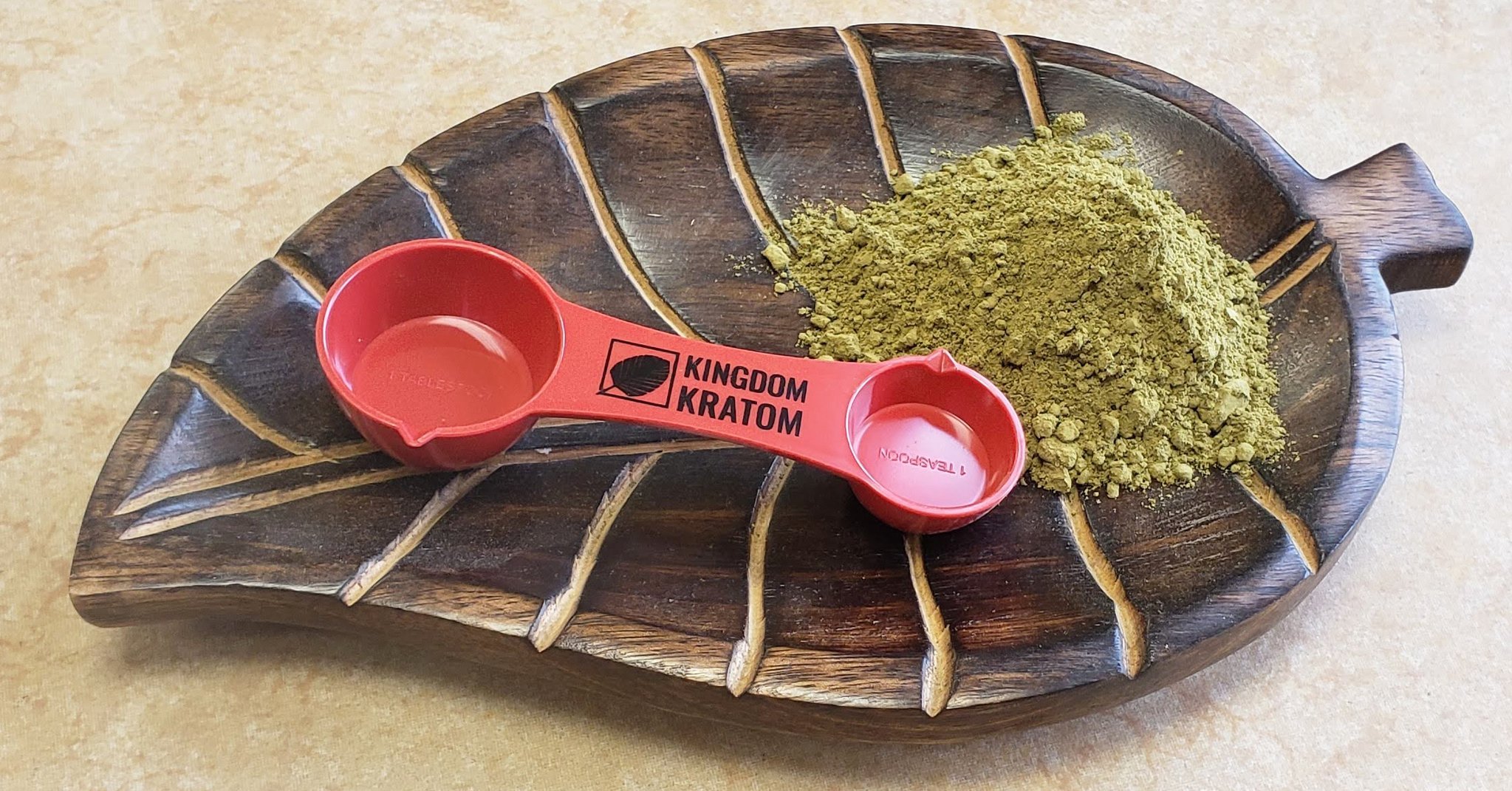
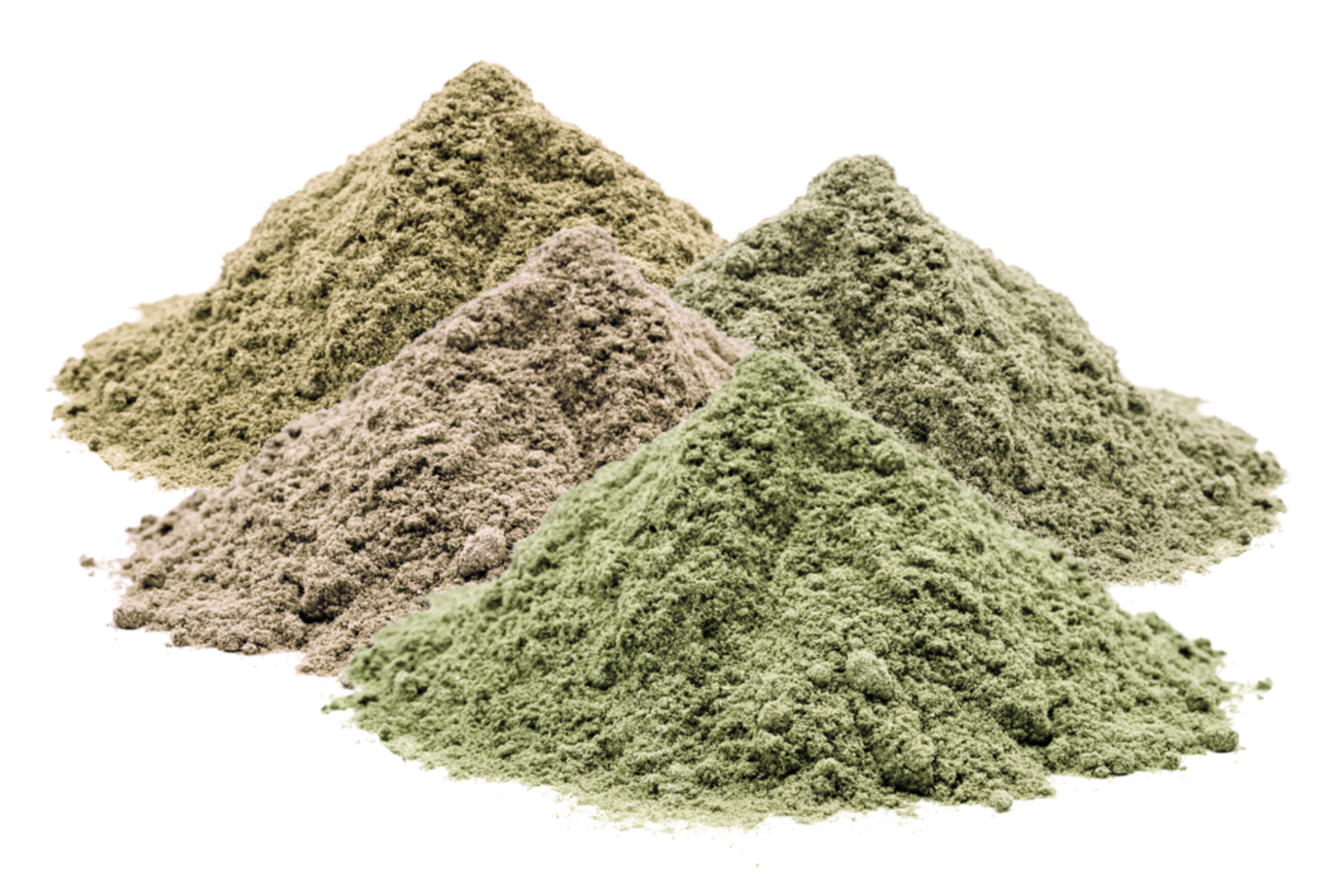
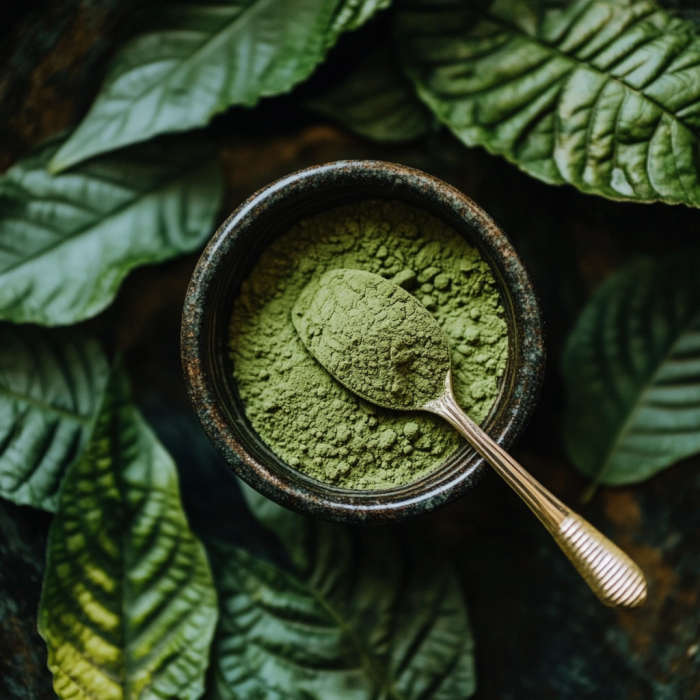
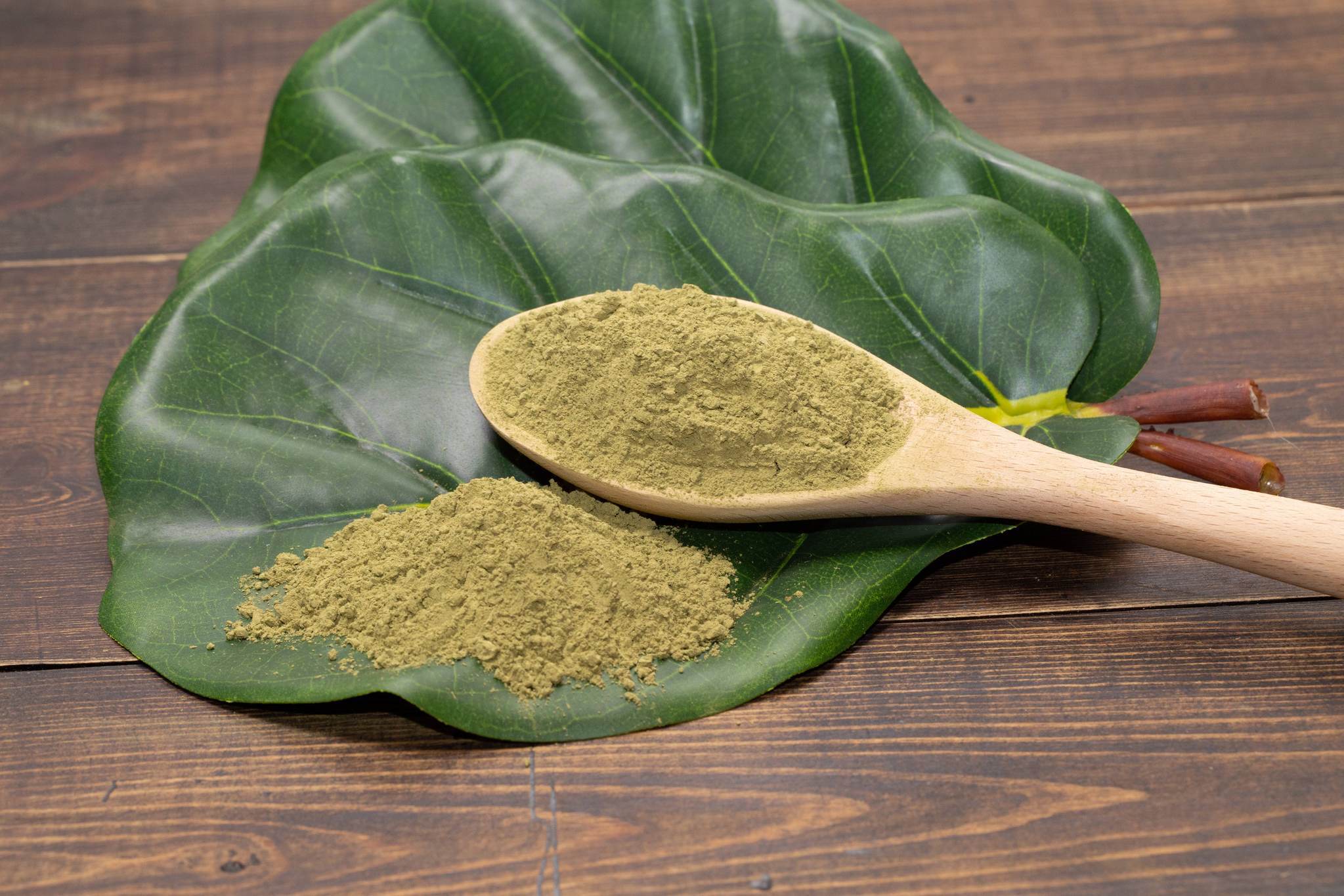

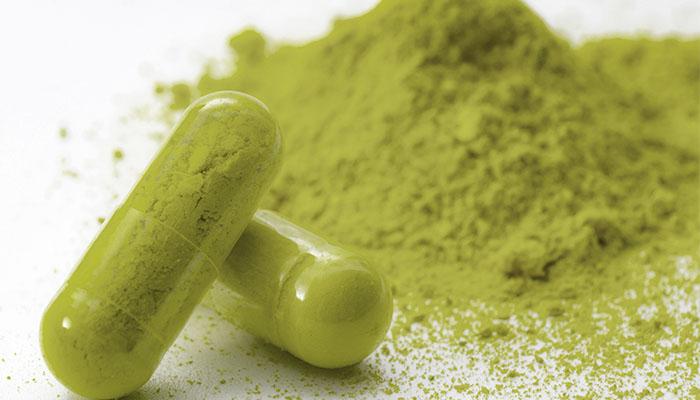



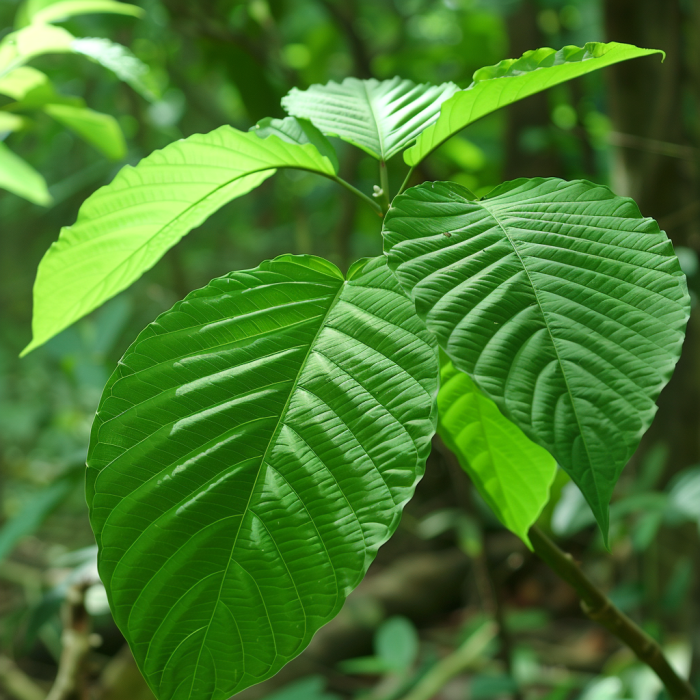
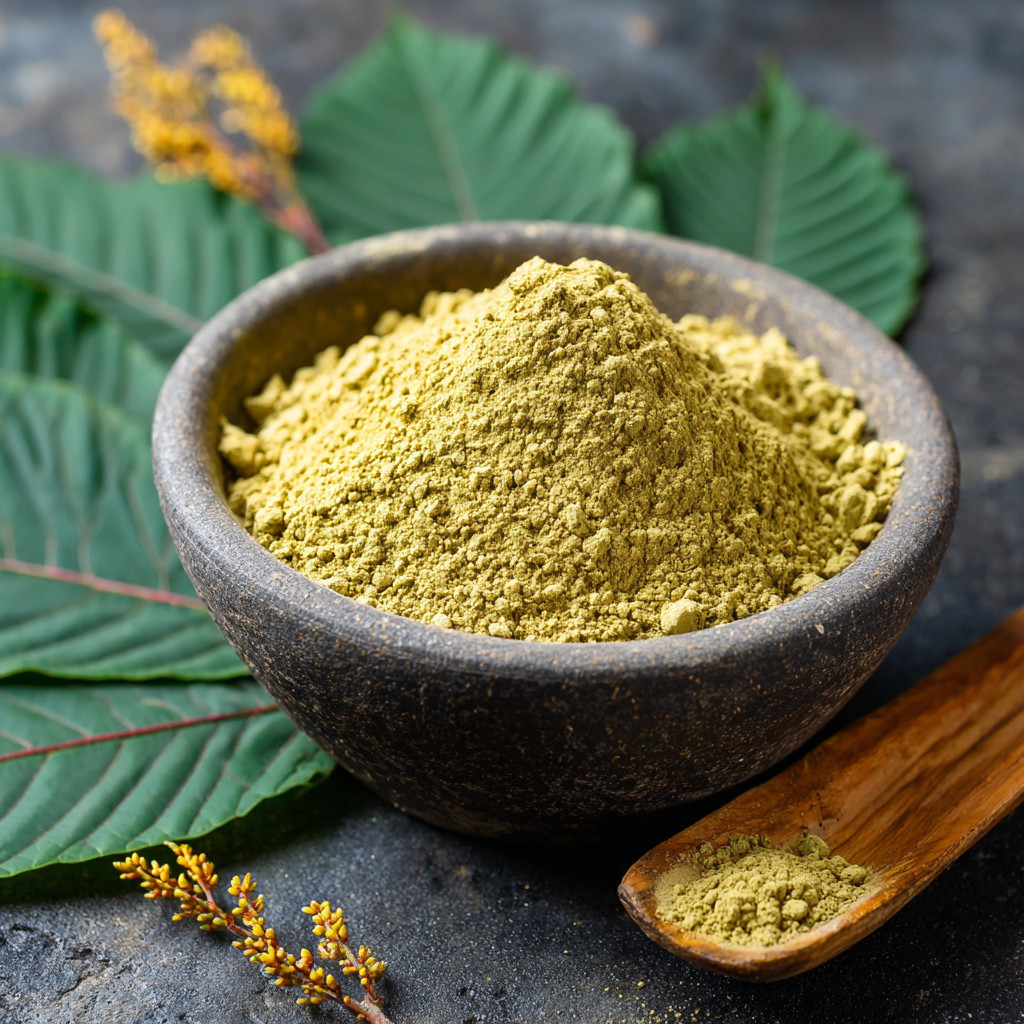




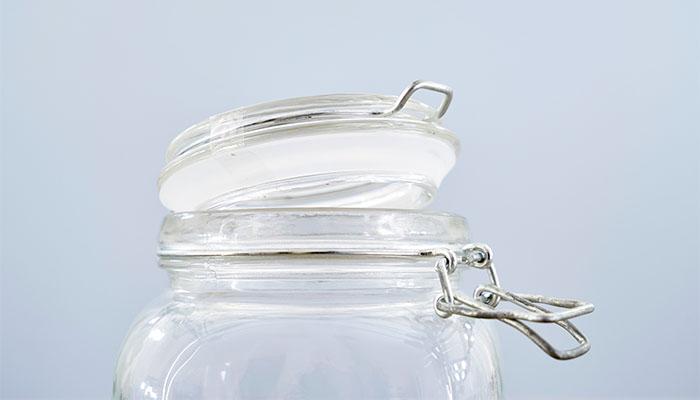

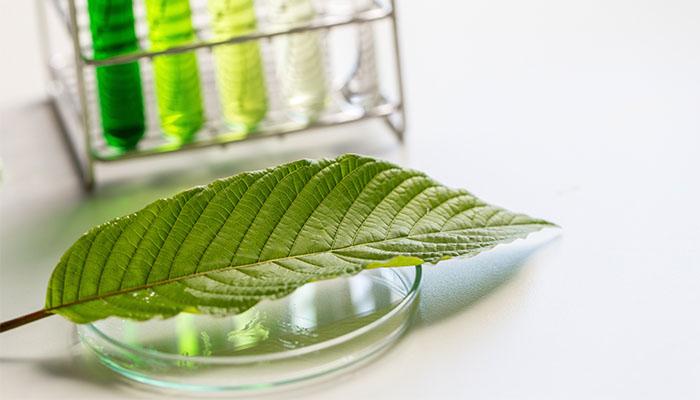

Hi , I have been using Kratom for well over a year now, and enjoy and rely on its great benefits, I have recently read on line through the FDA that many suppliers may have Lead and Nickel of anastronomical levels . I would like to know if you yourself test your products regularly for this. Thank you
Hi Paul – Yes we test every batch for contaminants and heavy metals